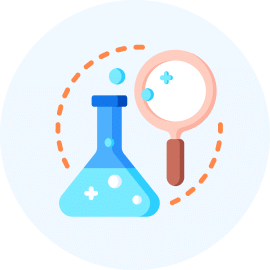GATE Chemical Engineering Exam > GATE Chemical Engineering Videos > Crash Course for GATE Chemical Engineering > Interest: Capitalized Cost - 2
Interest: Capitalized Cost - 2 Video Lecture | Crash Course for GATE Chemical Engineering
FAQs on Interest: Capitalized Cost - 2 Video Lecture - Crash Course for GATE Chemical Engineering
| 1. What is capitalized cost in the context of chemical engineering? |  |
Ans. Capitalized cost refers to the total present value of all costs associated with a project, including initial investment, operating expenses, and maintenance costs over the project's lifespan. It helps engineers and managers evaluate the financial feasibility of projects by providing a comprehensive view of the costs involved.
| 2. How is the break-even point calculated in chemical engineering projects? |  |
Ans. The break-even point is calculated by determining the point at which total revenue equals total costs, resulting in no profit or loss. It is often expressed in terms of production volume or sales. The formula typically used is: Break-even point (in units) = Total fixed costs / (Selling price per unit - Variable cost per unit).
| 3. Why is understanding the break-even point important for chemical engineers? |  |
Ans. Understanding the break-even point is crucial for chemical engineers because it helps them assess the viability of a project. It allows for better decision-making regarding pricing, production levels, and investment strategies, ensuring that the project can sustain itself financially and meet profitability goals.
| 4. What factors can affect the capitalized cost of a chemical engineering project? |  |
Ans. Several factors can affect the capitalized cost of a chemical engineering project, including the scale of production, technology used, labor costs, raw material prices, regulatory compliance costs, and the length of the project lifecycle. Each of these factors can significantly influence the total investment required.
| 5. How do fixed and variable costs impact the break-even analysis? |  |
Ans. Fixed costs, which do not change with production volume (such as rent and salaries), contribute to the total cost structure, while variable costs fluctuate with production levels (such as materials and energy). In break-even analysis, a higher proportion of fixed costs may increase the break-even point, requiring more sales to cover costs, whereas lower variable costs can help achieve profitability at lower sales volumes.
Related Searches



















